The Jazz pianist and educator Jeremy Siskind has an exersice called "dream solo". The idea is that you try to write out a solo on a jazz tune, to get a chance to really think about what notes you put in there and allow for more thorough error-correction. Calling it "dream solo" because the ability to write it out slowly means you can create a better solo than the one you just make up on the spot.
I prefer to call it "composed solo", just to emphasize that the point is to think about the construction slowly and carefully. Will it be your dream solo? who knows!
Anyway, the exercise is useful and here I did it on the tune "What's New". My main focus was to create a solo using "bebop-language".
Here is the complete chorus:
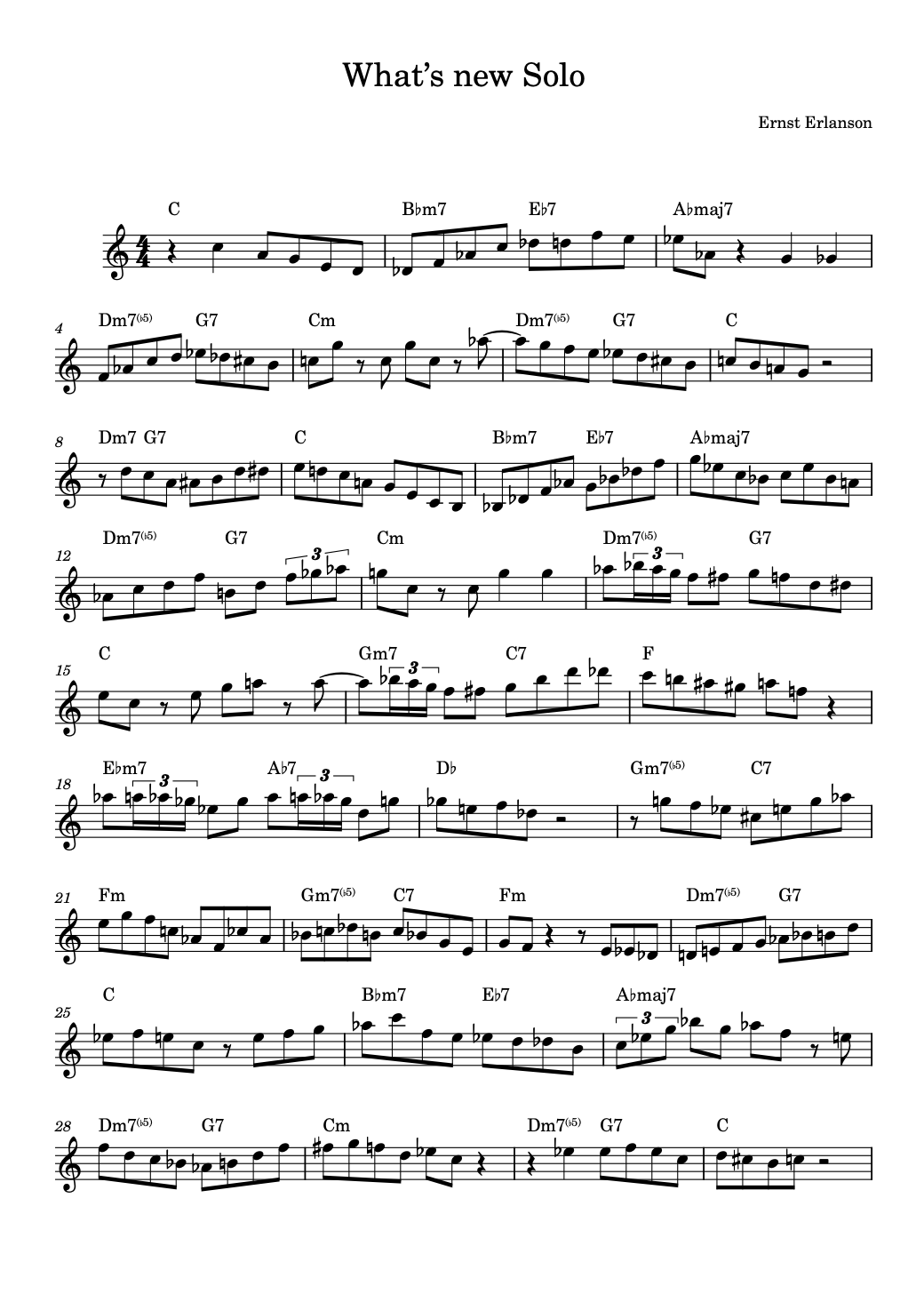
I thought it would be interesting to analyze it and discuss what I learned from doing it. First, let's check some bars where I deleted my first ideas and my reason for it.
Lessons from correction
- Going back and forth between the same notes.
In same cases I created a line like this:

This was the original line on bar 4. I changed it to this
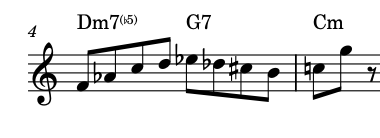
The difference being that in the deleted bar I went back and forth between the notes D and Eb flat. That sounds boring! To add a little more colour I just changed the D to a Db flat, using notes from the Altered Scale in G. This came up in other places.
This line:
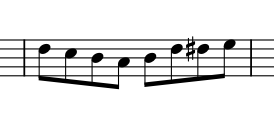
Changed to:
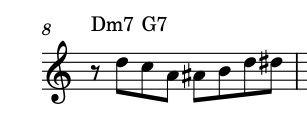
Again, the going back and forth between B and A sounded off to me.
- Rhythmic interest
I wanted to write a long passage of eighth notes starting in bar 8. Yet in the ending of the phrase it didn't really climax, I think I solved it by using triplets in the ending of the phrase. So this bar:
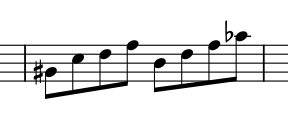
Became:

- More angular phrases
In bar 11 I changed:

To:
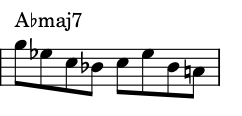
This added some more variation to the phrase, some angularity making it a bit less predictable.
Incorporating Sonny's rhythmic asymmetry
I recently transcribed and analyzed Sonny Rollin's solo on Strode Rode. One interesting aspect was his assymetric phrases that go over the barline. In bars 20 to 23 I incorporated some of that. That is in general a way to get more out of your transcriptions. You take something that you liked and work to include it in an exercise.
Here those phrases are isolated.

Parting thoughts
I haven't done this exercise a lot, and will do it more in the future. I will probably update this post as well with a recording of the solo and a recording of one that is improvised on the spot. That could be a fun thing to do. I would guess that my improvisation might have some mistakes but it also could be more daring. When I listen to something I have improvised sometimes I can't see where some of the music comes from. That is an interesting thing in itself. I don't think I could have written some of the things I have improvised, the things I write is more structured and less daring.
Once I played melodica on the song Oblivion with a string orchestra, and listening back to that, I realize that if I had written a set of variations on that theme, I would not have written what I play there. Something of the charm with improvisation is that it allows us to tap into parts of ourselves that are unconscious, and therefore a bit mysterious.
Recommended recording
Tried to help my daughter sleep using this sublime lied by Schumann
It is just incredible. Check it out with the poem as well, the music sounds as if it stands still, and the poem describes a knight who has been still for hundreds of years in a castle. The whole poem is a frozen picture to me, and it is astounding how Schumann can use such a temporal art form as music to convey something that does not move.